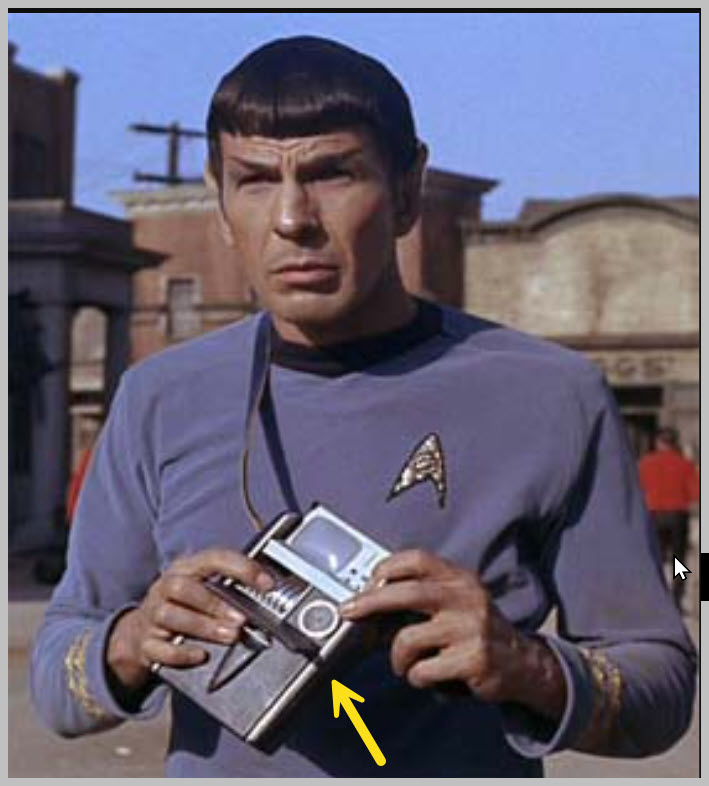The Western Veterinary Conference (WVC) in Las Vegas, also home of the famed CES, consistently showcases cutting-edge veterinary technology. This year, I was impressed by the HT Vista innovative skin-lump diagnostic tool that non-invasively “hovers” over lesions and provides real-time information on malignancy and tumor type, effectively replacing painful needle biopsies. While currently tethered, a wireless, “Tricorder-like” version is coming. The device differentiates between lumps like benign epidermal tumors, lipomas, and sebaceous adenomas vs malignant ones such as mast cell and sarcomas. It does this boasting 90% sensitivity and 70% specificity. This technology leverages the differential thermal properties of neoplastic versus benign tissues – a fascinating application of biophysics.
The human medical field is also witnessing a surge in portable diagnostic technology, exemplified by the $100 million “X-Prize” competition to reproduce the Star Trek “Tricorder” concept. A significant trend is add-ons for smartphones. Imagine a future where simple USB plugins to your phone allow comprehensive assessments. Not only lesion photography and video gait analysis, but cardiac monitoring (rate, rhythm, ECG), blood pressure, hemoglobin, tissue oxygenation, ocular evaluations (pressure, cornea, lens, and retina evaluation), ultrasound, and even endoscopic imaging of the mouth, esophagus, trachea, lungs, and nasopharynx. Today’s continuous glucose monitoring patch is just the beginning. Coming soon is real-time, non-invasive, full serum chemistry monitoring. Many of these advancements are intended for consumer use, empowering families to take a more active role in their own health and, soon after that, their animals.
Rolan
See the article…
“Smartphone-based clinical diagnostics: towards democratization of evidence-based health care.”
